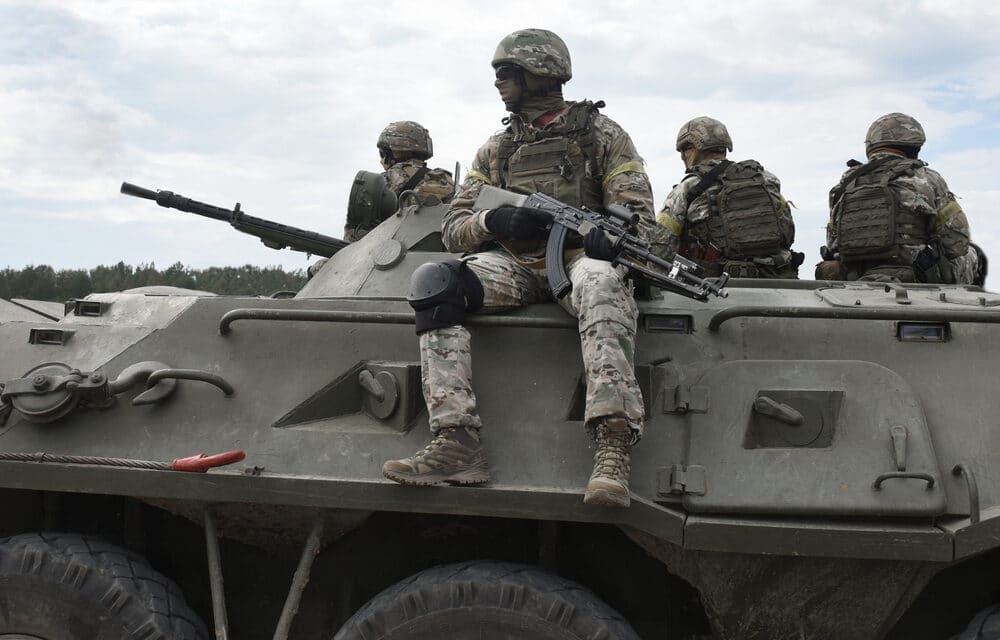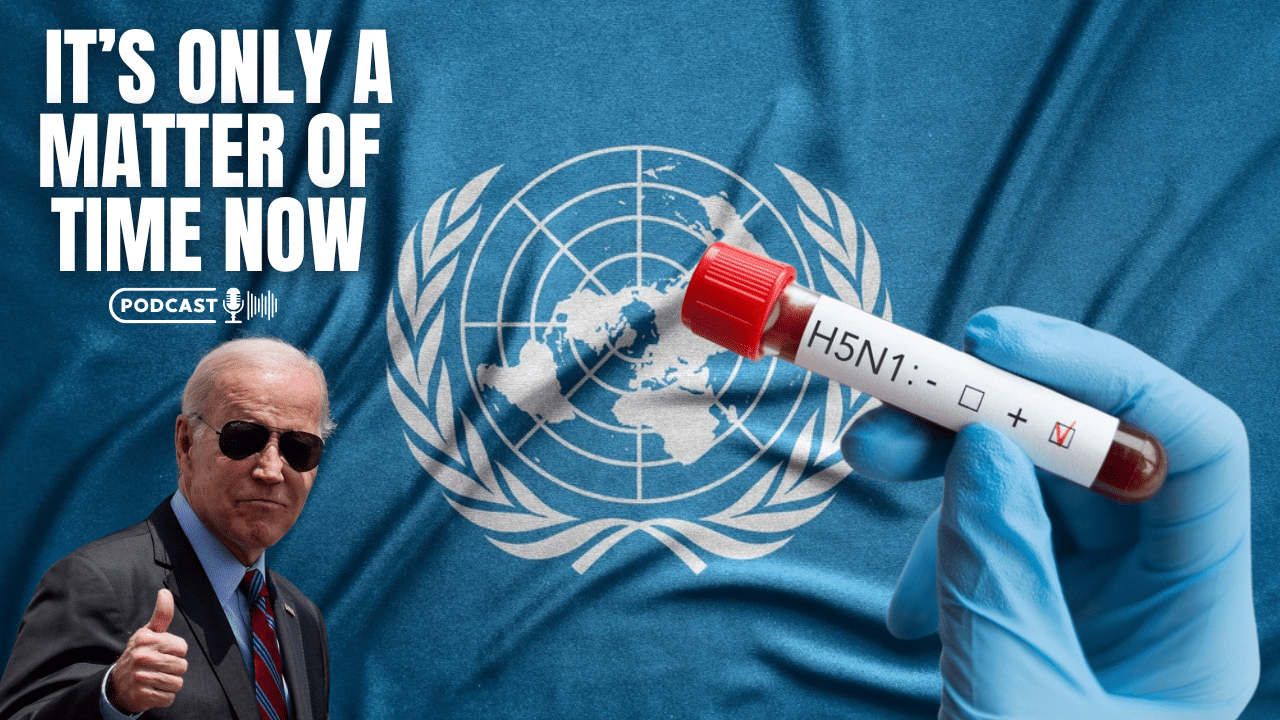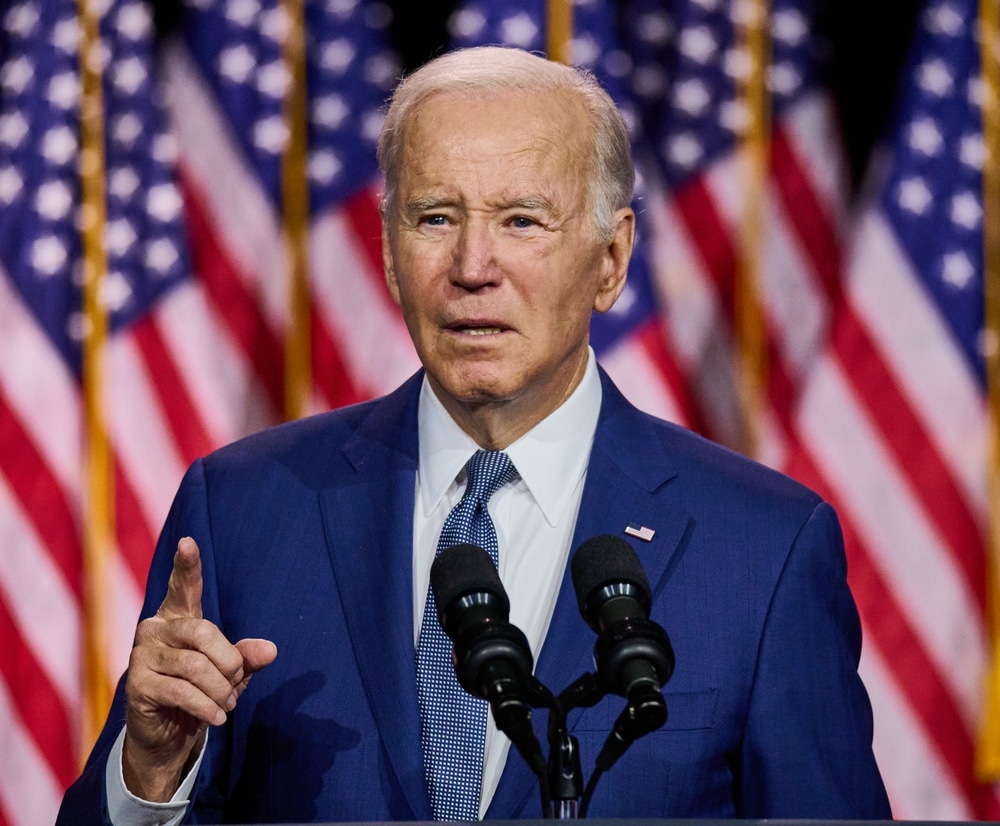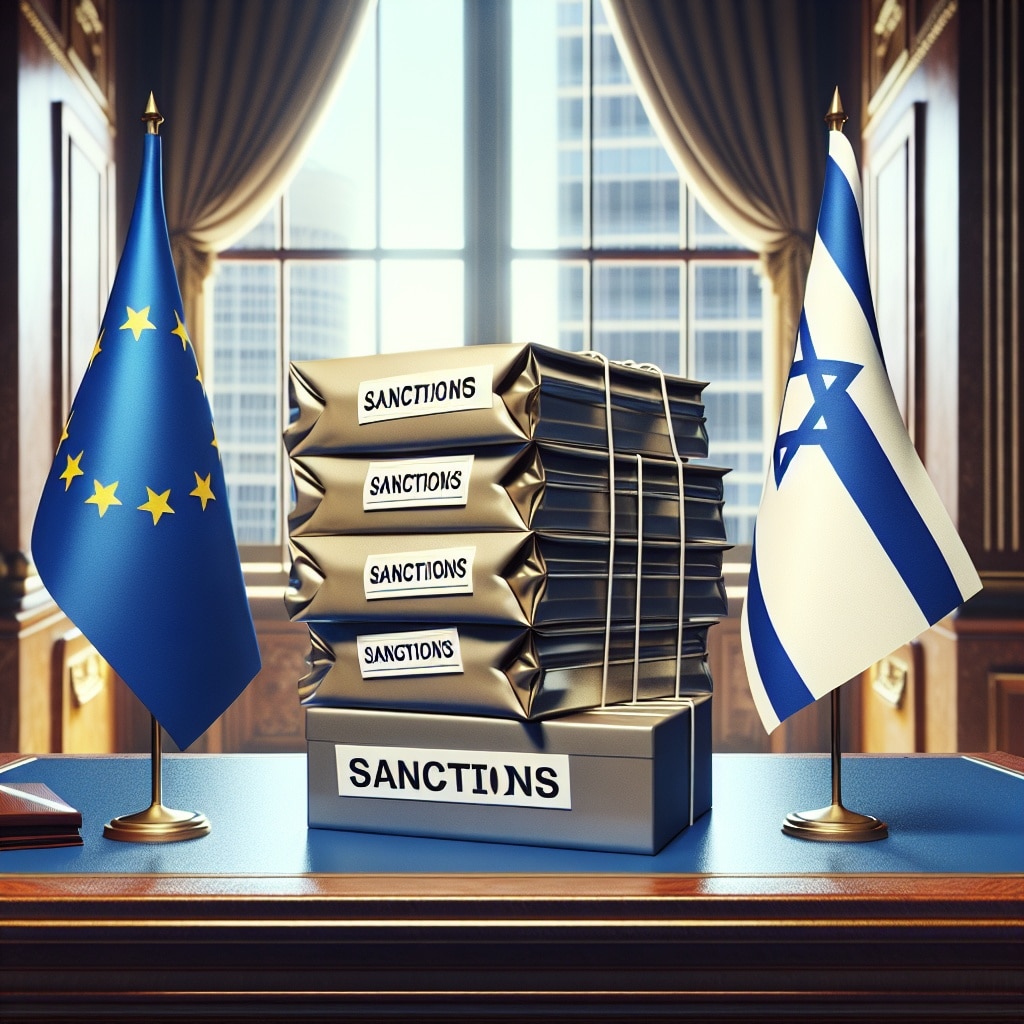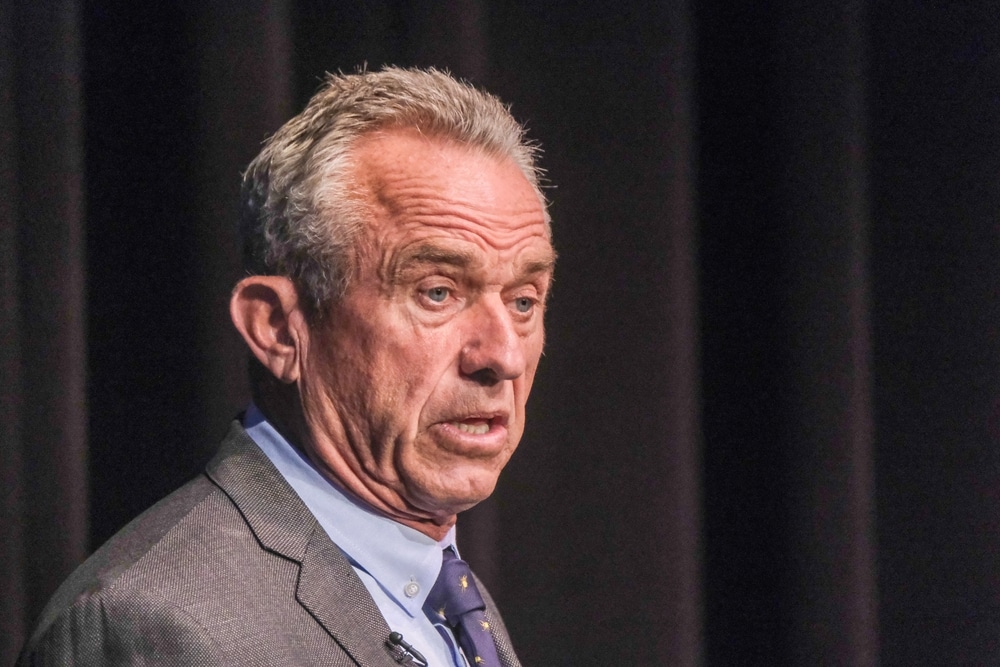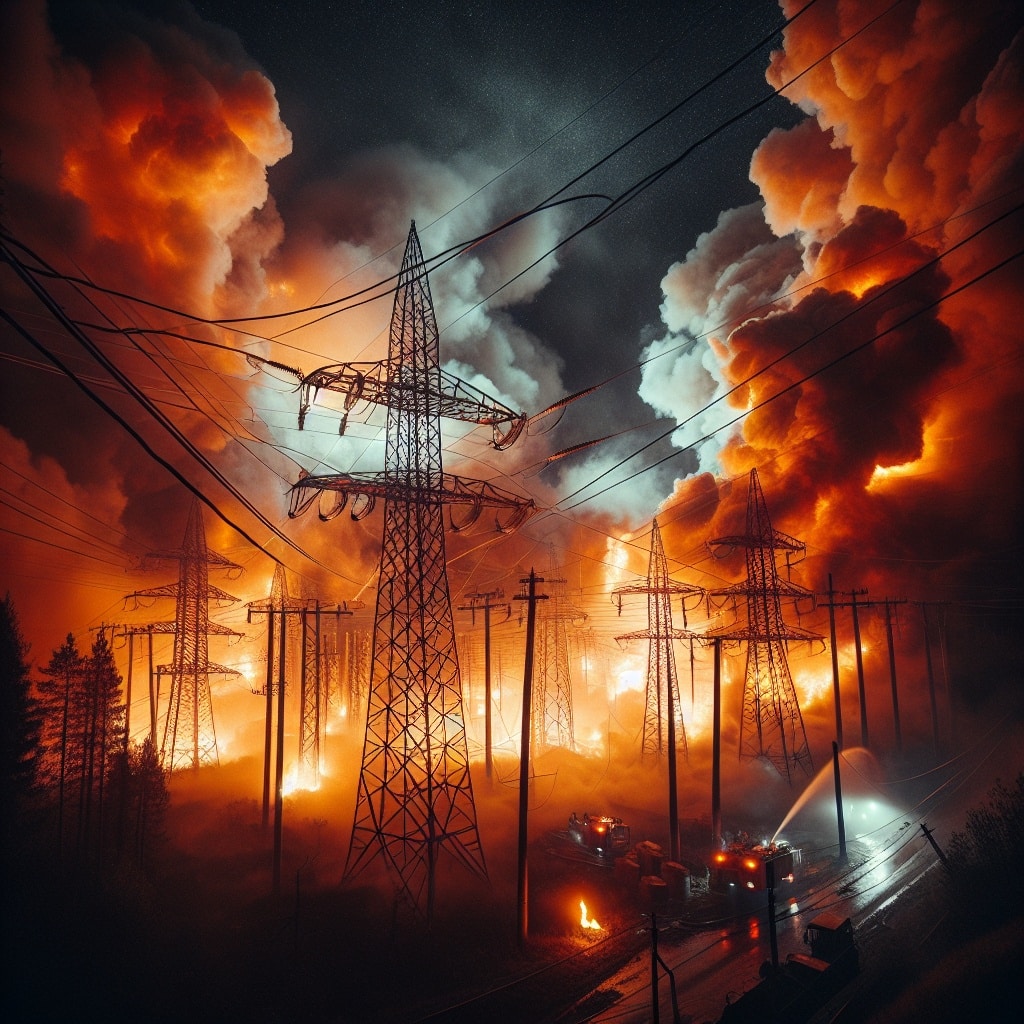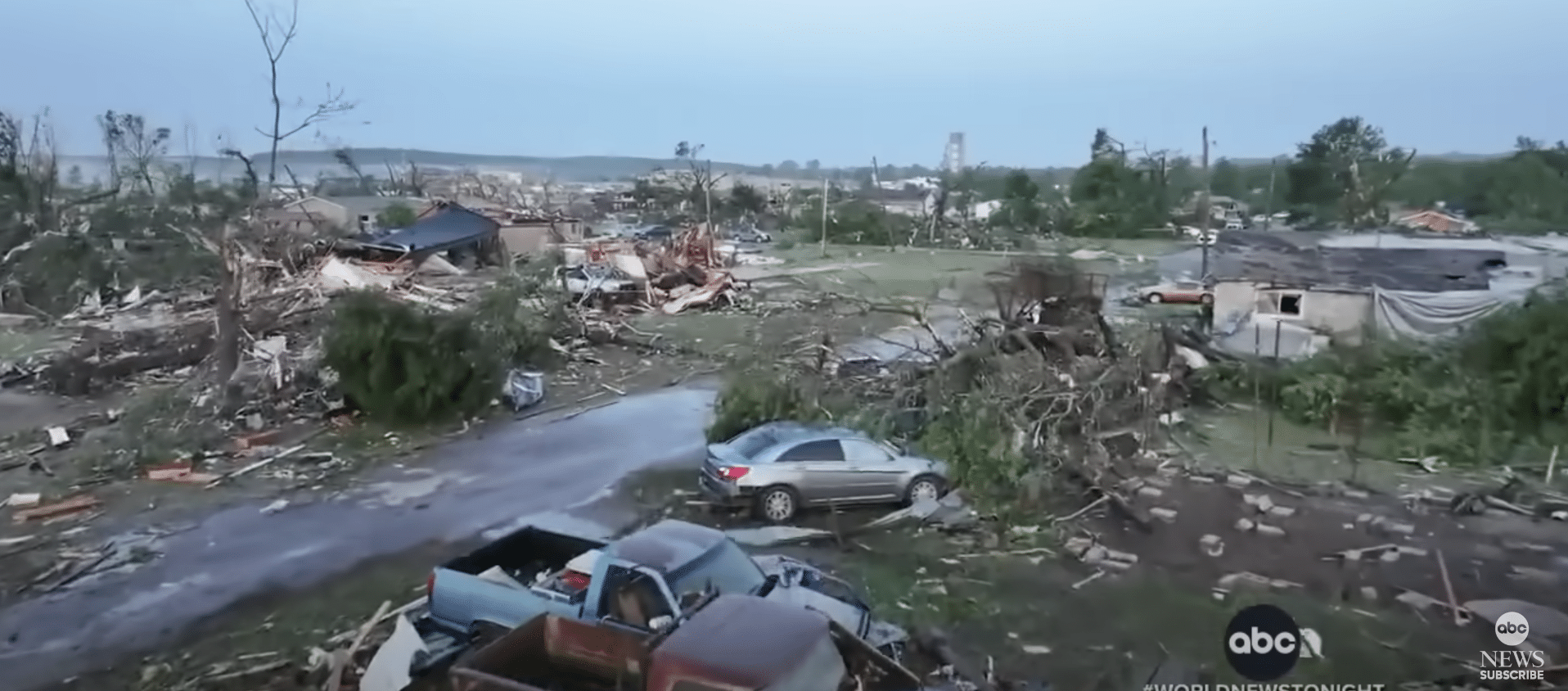A flatbed rail wagon speeding through southwest Russia last week carried an ill omen for negotiations to avert a larger war with Ukraine. Onboard was a Buk-M1, the kind of medium-range surface-to-air missile system that became notorious in 2014 after a missile fired from territory controlled by Russian proxies in eastern Ukraine shot down a Malaysian airliner,
killing all 298 people aboard. If Russia goes to war in Ukraine, it still needs to take a number of steps: establishing fuel supply lines, opening field hospitals, and deploying air-defense systems such as the Buk that would protect its heavy weaponry and troops near the front.
Even as Joe Biden and Vladimir Putin were sitting down to talks meant to end the crisis, Russia was inching closer to being ready to launch a full-scale ground invasion of its neighbor.
“These data allow us to conclude that despite the negotiations between Biden and Putin, the concentration of Russian troops in the areas bordering the territory controlled by the Ukrainian authorities continues,” wrote the Conflict Intelligence Team (CIT) – an online research group that has used social media, railway schedules, a
nd other data to reveal details of Russia’s military buildup on the border. Putin may still decide not to launch an invasion, as he leaves troops near the front as leverage for negotiations. But Russian and Western analysts are predicting that this military buildup – the second one this year – portends a series of future crises over Ukraine as Putin seeks to reverse its trajectory towards the west. READ MORE

